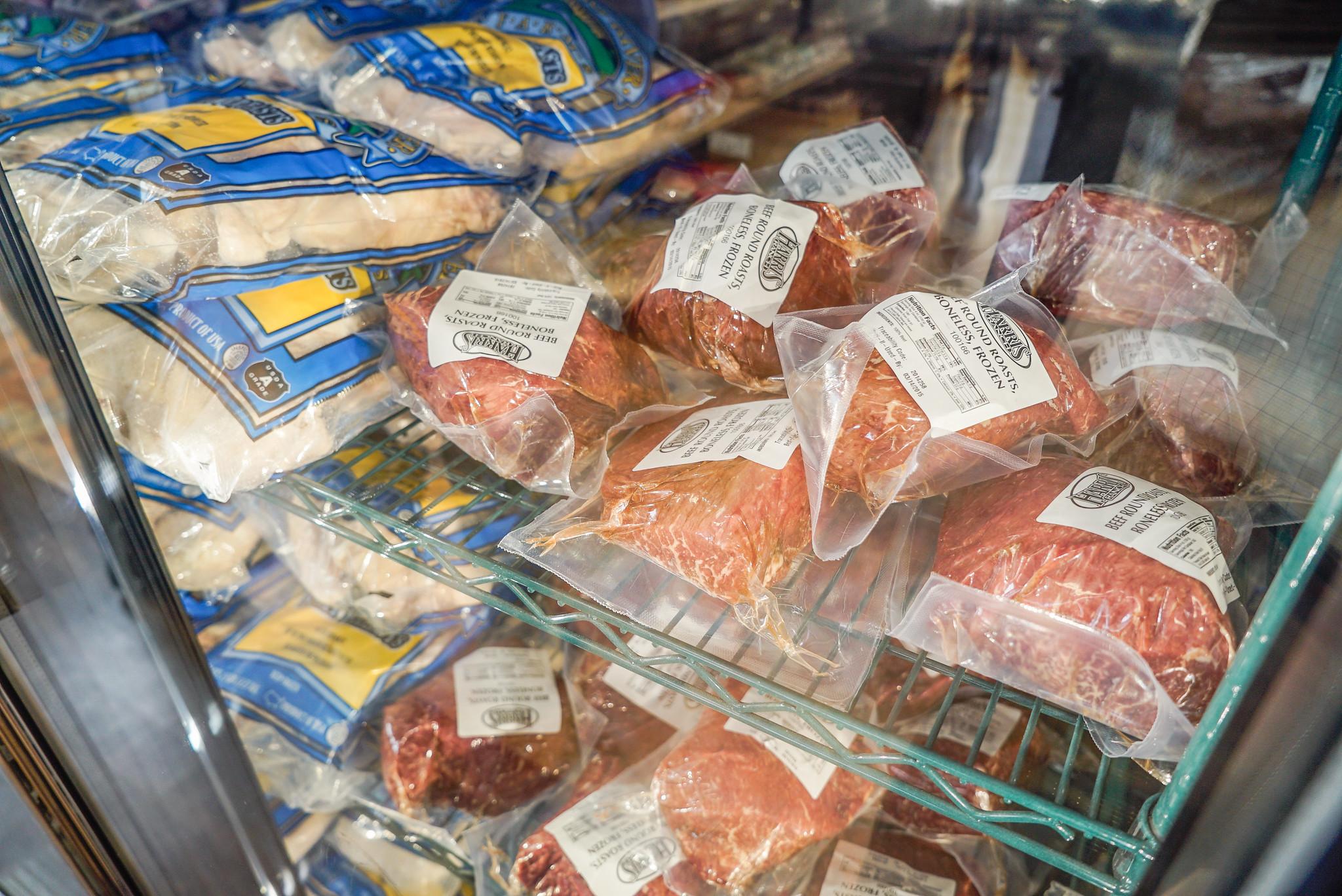Mastering Marketing
Value-Added—Frozen Could be a Path Forward
Producers know that direct marketing and value-added products are conduits to increased profits. Direct marketing is a learned skill by adding value to raw products is a highly regulated process. Producing value-added products may increase your farm viability by
- increasing farm visibility,
- expanding the market season, and
- opening new markets.
The safe production of many cooked, baked, or fabricated value-added products is highly detailed and requires special regulatory permits and licensing. Freezing and family-friendly packaging of certain fruits, vegetables, juices, inspected meat products, and even meal kits could prove less complicated to execute.
But, is there a sizeable market for farm-raised frozen food products? According to Supermarket News, www.supermarketnews.com › consumer-trends › frozen-f...
“Frozen foods are a pandemic powerhouse ringing in $65.1 billion in retail sales in 2020, a 21% increase compared to a year ago.” In 2020, frozen food sales grew in both dollars (+21%) and units (+13.3%), with nearly all types of frozen foods seeing double-digit sales increases...Feb 23, 2021.
Leading drivers behind consumer preferences for frozen food during the coronavirus outbreak in the United States in 2020*
| Last Longer | 58% |
| Stock Up for Food Shortages | 58% |
| Reduce Trips to Grocery Store | 51% |
| Ease of Preparation | 36% |
| Frozen Food Safer than Fresh Foods | 33% |
| Cooking More at Home | 30% |
*Source: Frozen and Refrigerated Buyer, AFFI
The top two barriers to selling to schools that producers often encounter are, “The seasonality of my products doesn’t fit with schools’ ordering schedules.” And “Producers have difficulty guaranteeing a specific quantity of product on a specific date.” School procurement for freezing has the potential to address both of these barriers as a fresh product that can be processed in the summer at the peak of harvest when schools aren’t in session. And there can be more flexibility around delivery schedules than when specific quantities need to be delivered and menued at schools on the same day.
The options for freezing products may be to invest in a mobile freezing unit that could be used by multiple producers, contract with an existing processor, or developing an on-farm packing and freezer unit.
Freezing products is not without their challenges. Helpful strategies for profitability include:
- leasing or sharing space and equipment rather than owning it;
- handling crops that can be processed early or late in the growing season, or year-round if possible;
- complementing freezing activity with other types of processing that can occur year-round and maximize the use of available facilities.
- Focusing on organic or higher-value specialty frozen items can help command the higher prices that may be needed to offset lower product volumes.
This article does not mean to be an all-inclusive discussion on the pros and cons of freezing products for direct-to-consumer sales but rather an “ice breaker” for mind mapping this option as a value-added alternative. Funding and grants are now available for additional processing and cold storage of farm products. This funding makes this a viable value-added option to consider.
Mastering Marketing is produced by Ginger S. Myers and is published periodically containing important seasonal marketing information.
Explore More Mastering Marketing Topics
